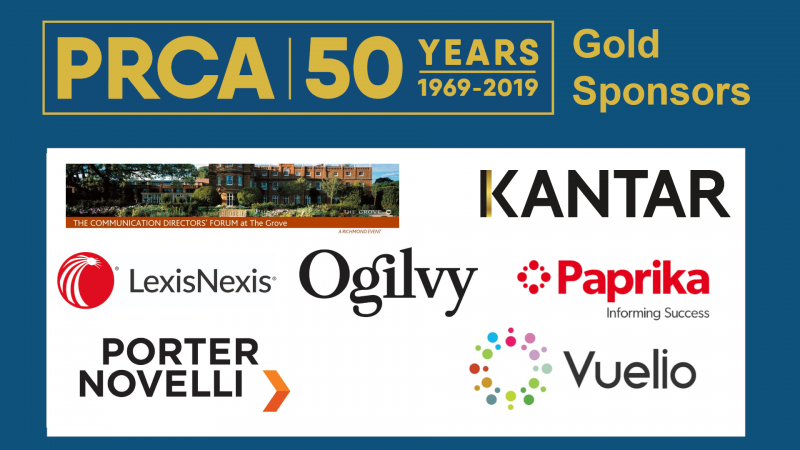This is part of a series of blog posts celebrating our 50th anniversary, all of which address the question: What does the future of the PR and communications industry look like?

Influencer marketing has been hitting the headlines recently – on the back of controversies such as Fyre Festival, and the news that 16 celebrities have pledged to be clearer in how they label posts. At the same time, and perhaps as a result, audiences are calling for clearer labelling of social media endorsements. A recent YouGov poll found that nine in ten Brits (90%) think influencers should do more to be transparent.
And it’s not just that clearly labelled ads and endorsements are better received by audiences – it’s also the law for influencers to prominently state when they have been paid, given a free gift, or incentivised in any way to post about a product or service. The Competition and Markets Authority (CMA), which enforces consumer law, has recently published a blog outlining what this means for influencers and those working with them.
What this means for PR professionals
If you’re working with influencers, understanding what is expected of them will help you advise them, spot if anything has slipped through the cracks, and be part of building a more transparent influencer marketing industry.
At its core, this is about changing a mindset – from “how can we ‘tick off’ our compliance with consumer law?” to “are audiences getting all the information they need from this post?”
Everyone in the chain – from brands, through the agencies they work with, to the influencers themselves – is responsible, so it’s useful for you to make sure you are keeping on top of what influencers are doing when they promote your brand. This can be through clear, compliant terms of service, due diligence checking in on influencers’ work, seeking legal advice where there are queries and reviewing posts to check they aren’t misleading.
Two key questions to ask when looking at an influencer’s post are:
· will followers know that there was an incentive or reward in connection with the product or service mentioned in this post (even if it was a few months ago)?
· has this information or relationship been disclosed in a way that is clear, prominent and upfront?
Where there is any sort of incentive, this should be disclosed clearly and non-ambiguously at the very front or top of every post.
What this means for the future of PR
Increased transparency should lead to improved trust – a study by UM showed that only 4% trust what influencers say on social media – and more meaningful relationships with audiences. And above all, consumers will be getting the full picture and won’t be misled.
What we at the CMA hope for the future of PR is that brands and agencies will work with influencers to create posts that are clear, open and upfront about the relationship between brand and influencer.
For more advice on working with influencers, read the CMA’s guide and joint guidance issued with the Committee of Advertising Practice (CAP).

